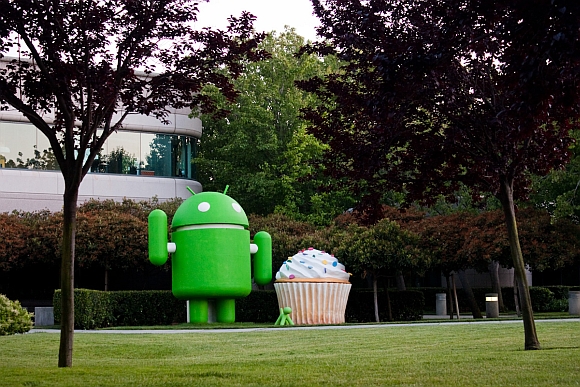
Android is a capable smartphone OS. We consider it as the techie’s smarthone OS of choice. It offers more flexibility and customisation options than the iPhone OS and there are now over 50,000 Android apps with some pretty awesome apps available in the Android market; albeit, the OS not as easy to get use to compared to the iPhone OS.
These are things we can get use to and it’s definitely not hampering Android’s growth as the smartphone OS of choice. In Malaysia we are seeing a number of telcos offering Android devices at very attractive subsidised pricing, like Maxis and DiGi – and this is a good thing.
In fact, analysts are predicting that there will be over 75 million Android smartphones running Android by 2012 making it the #2 most widely used mobile operating system in the world behind – surprise, surprise – Symbian and ahead of – even more surpising – the iPhone OS.
Punters are saying these are optimistic numbers at best but that’s beside the point. Google, the makers of Android has tremendous brand appeal and given the right hardware, the Android OS can definitely give iPhone OS a run for its money.
But what’s stopping it from talking over the world right now?
Android’s worse enemy is itself. The biggest problem with Andoid is that there is a massive amount of fragmentation in the Android ecosystem. The numbers are stagerring,currently only 27% of Android devices are running on the latest version 2.1 with over 70% Android devices in market running older versions of Android – most version 1.5 and 1.6.
This means a vast majority of Android devices there can’t run many of the apps that makes the device so appealing. Free turn-by-turn with Google Maps is definitely out for the earlier devices so to is the just released official Twitter app for Android.
This is a problem that Google has to solve if it want’s Android to realise its potential as one of the most widely used mobile OS in the world.
[source]
[picture credit]






